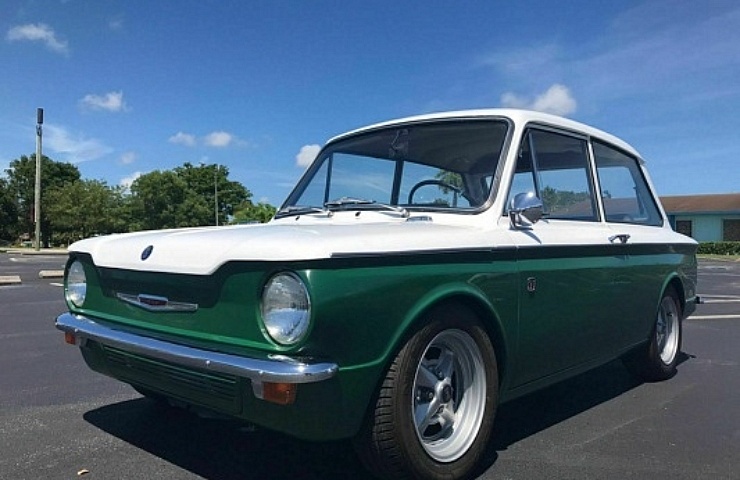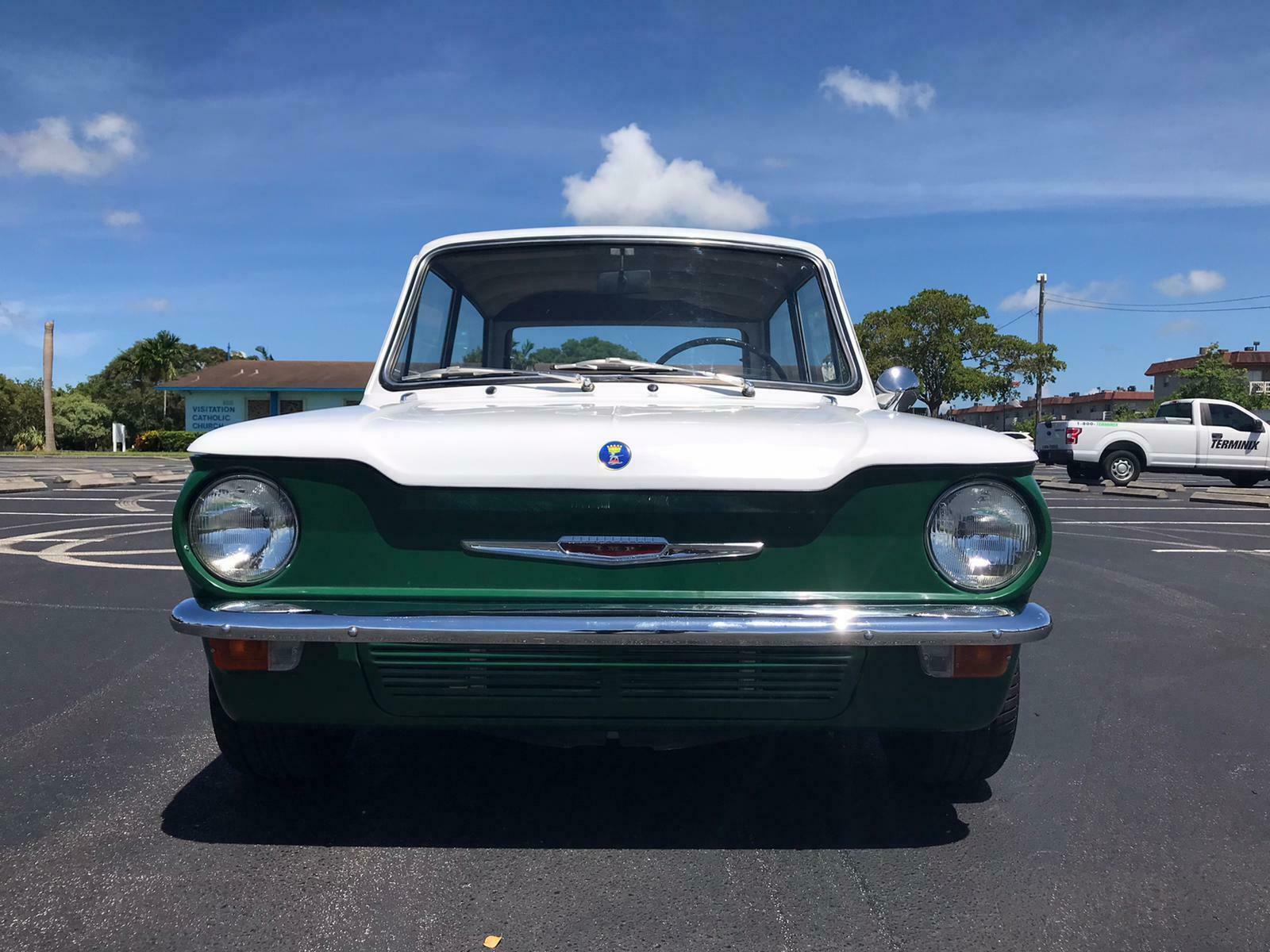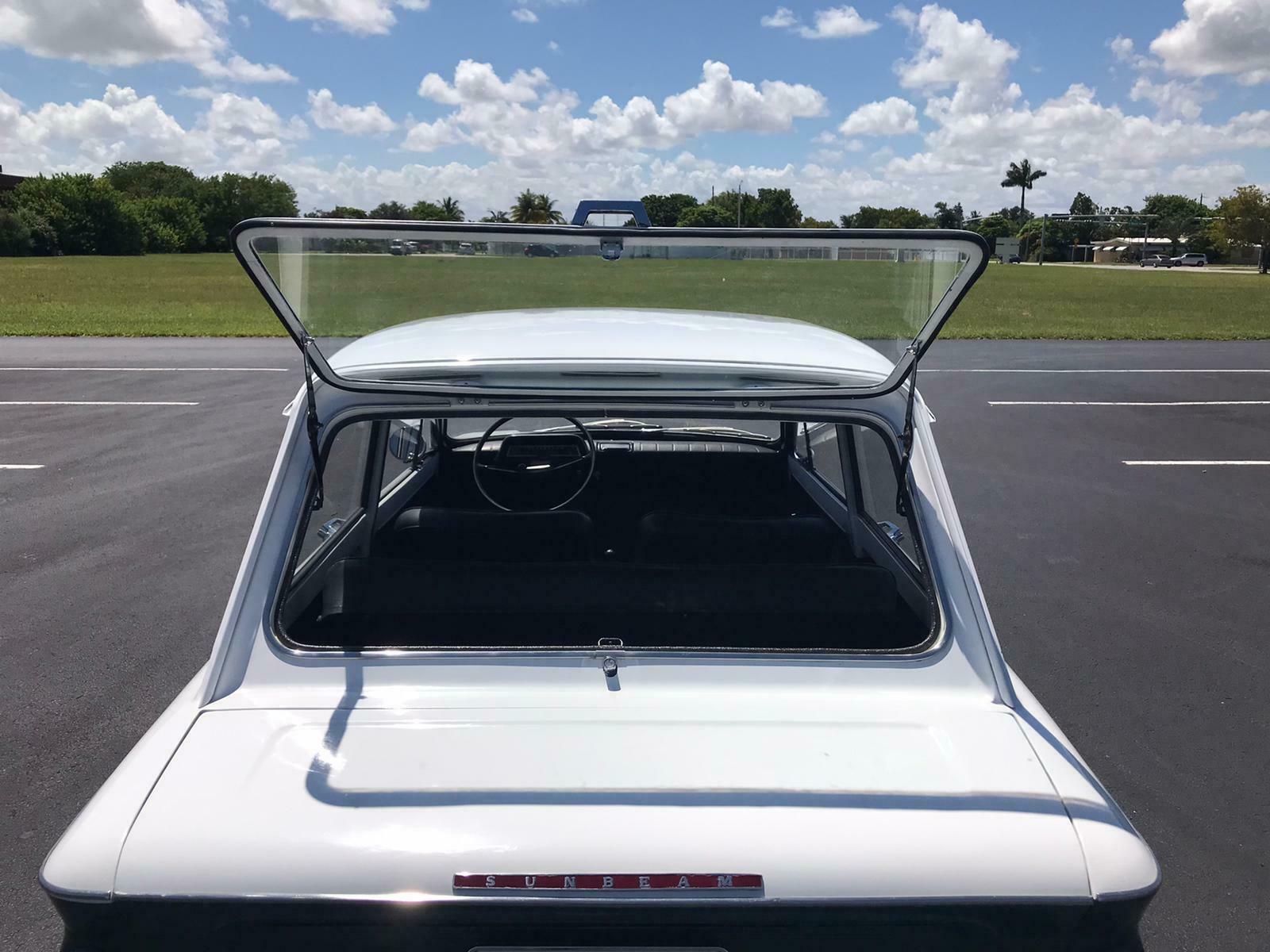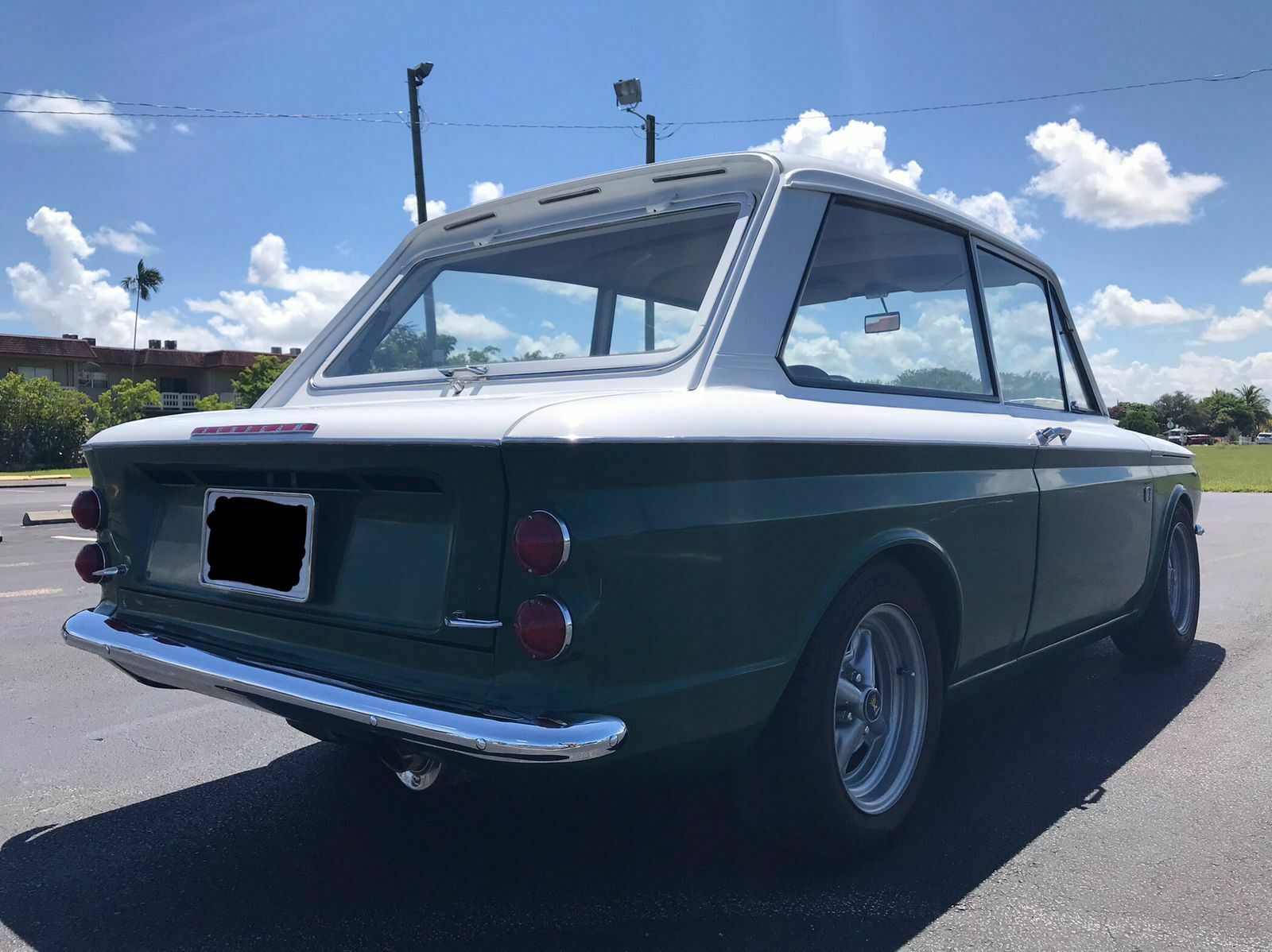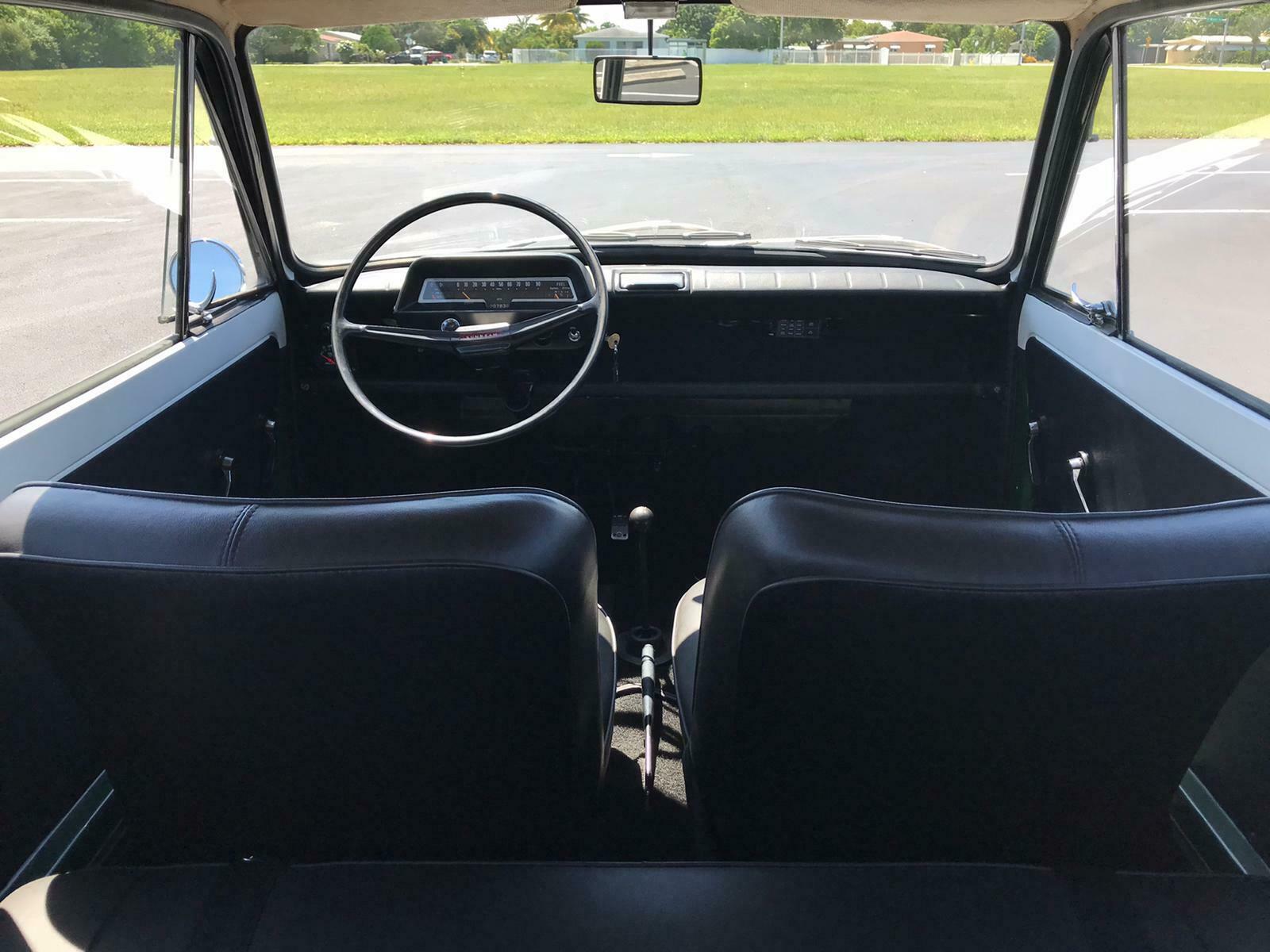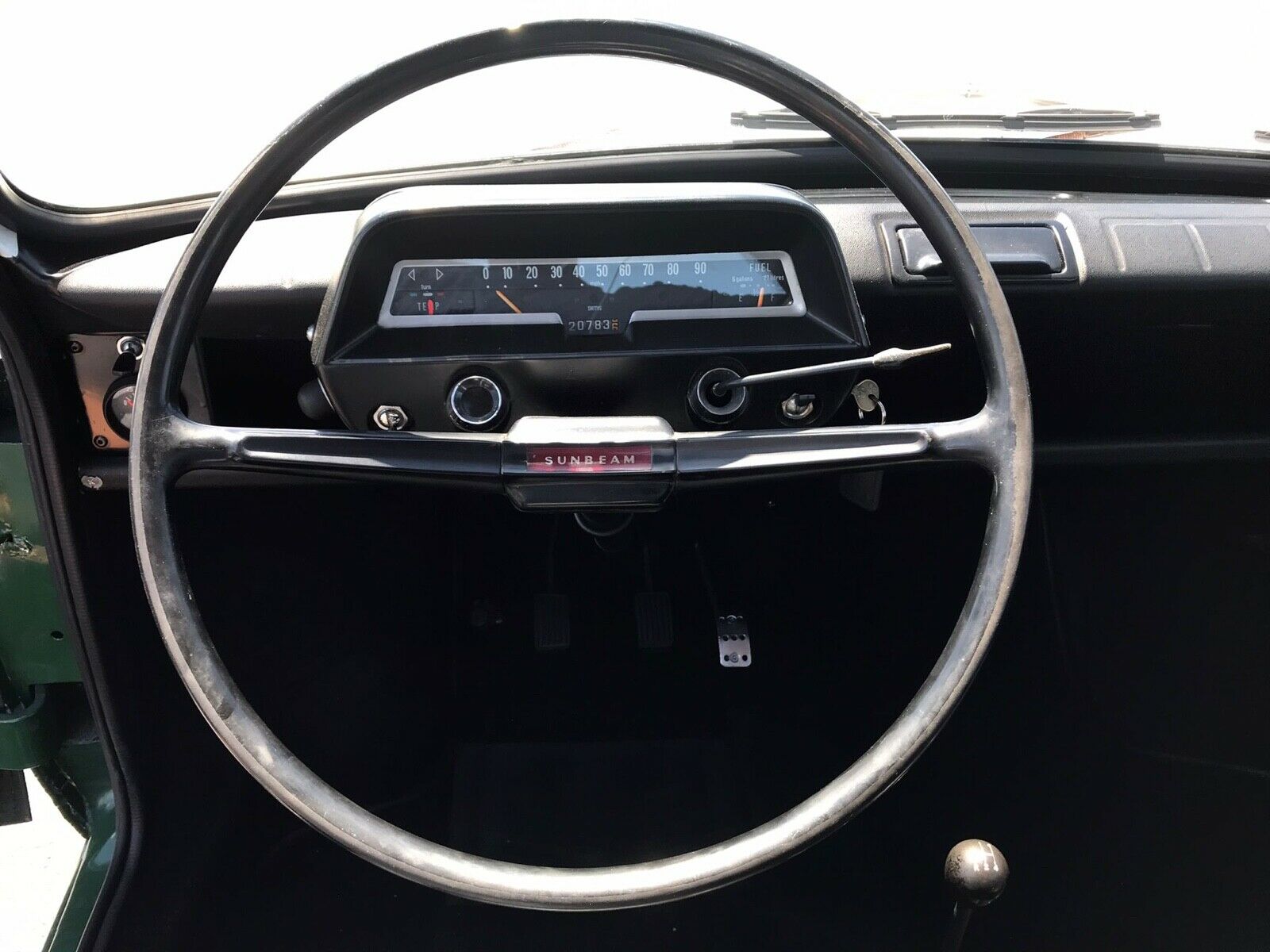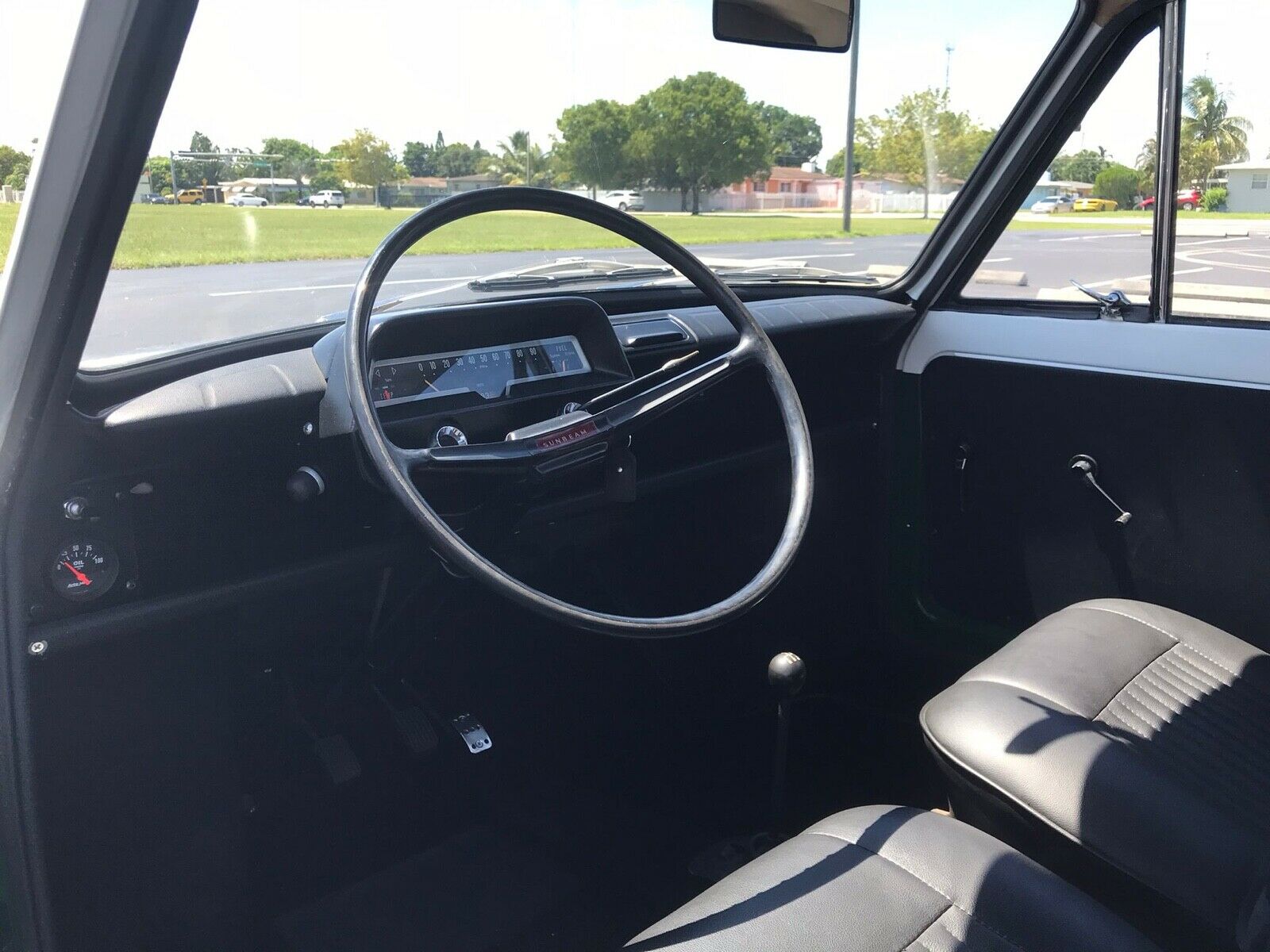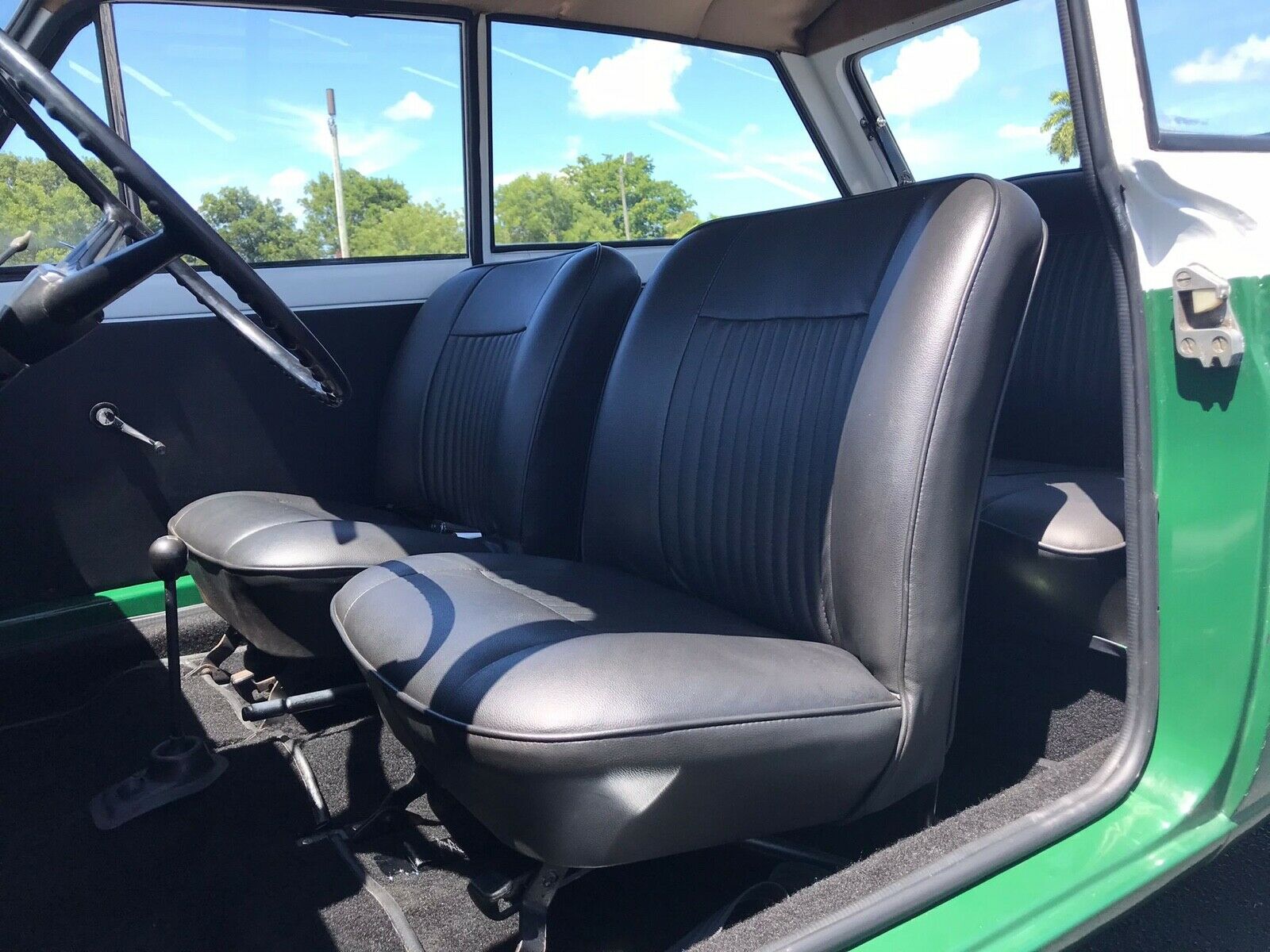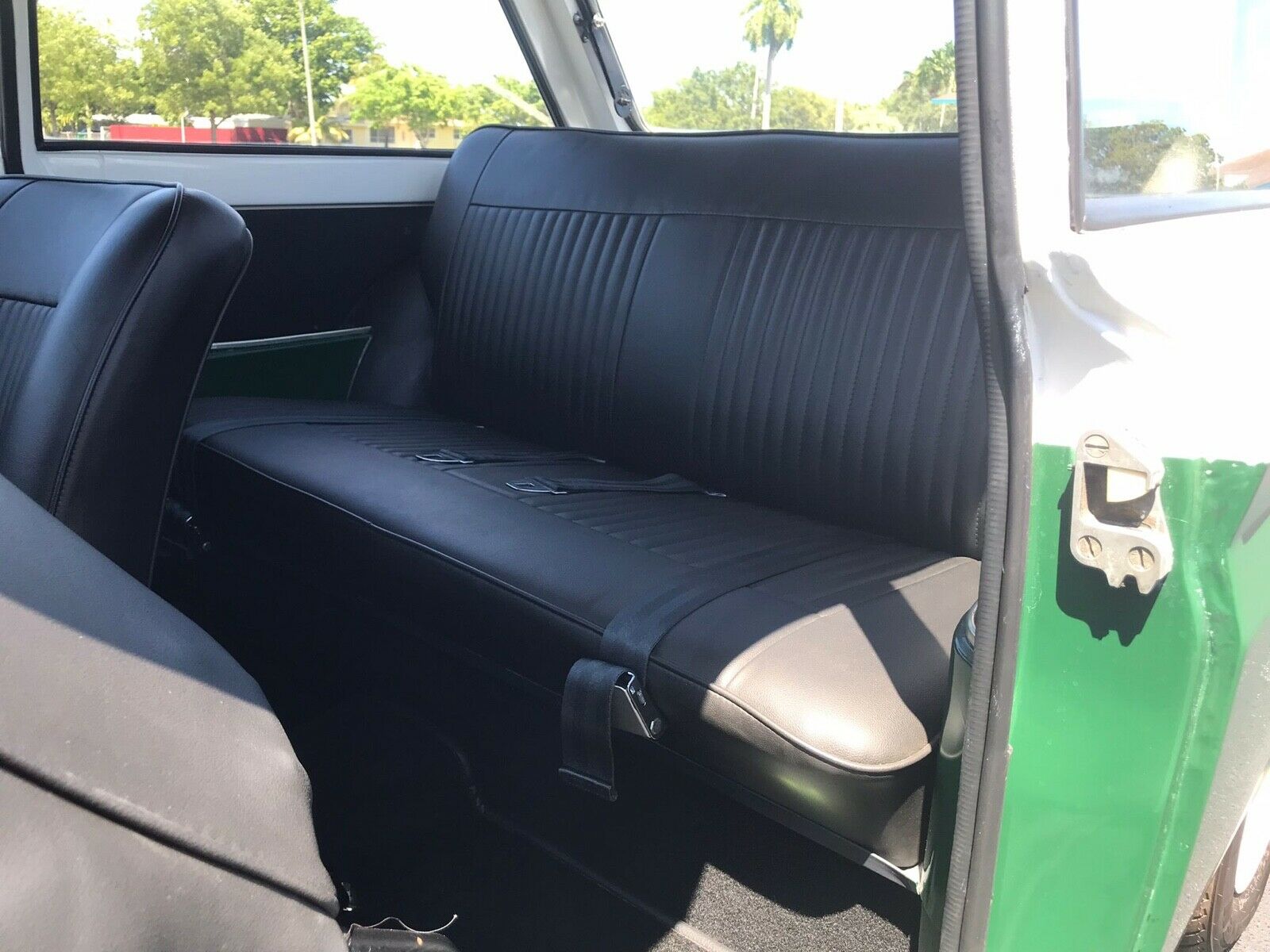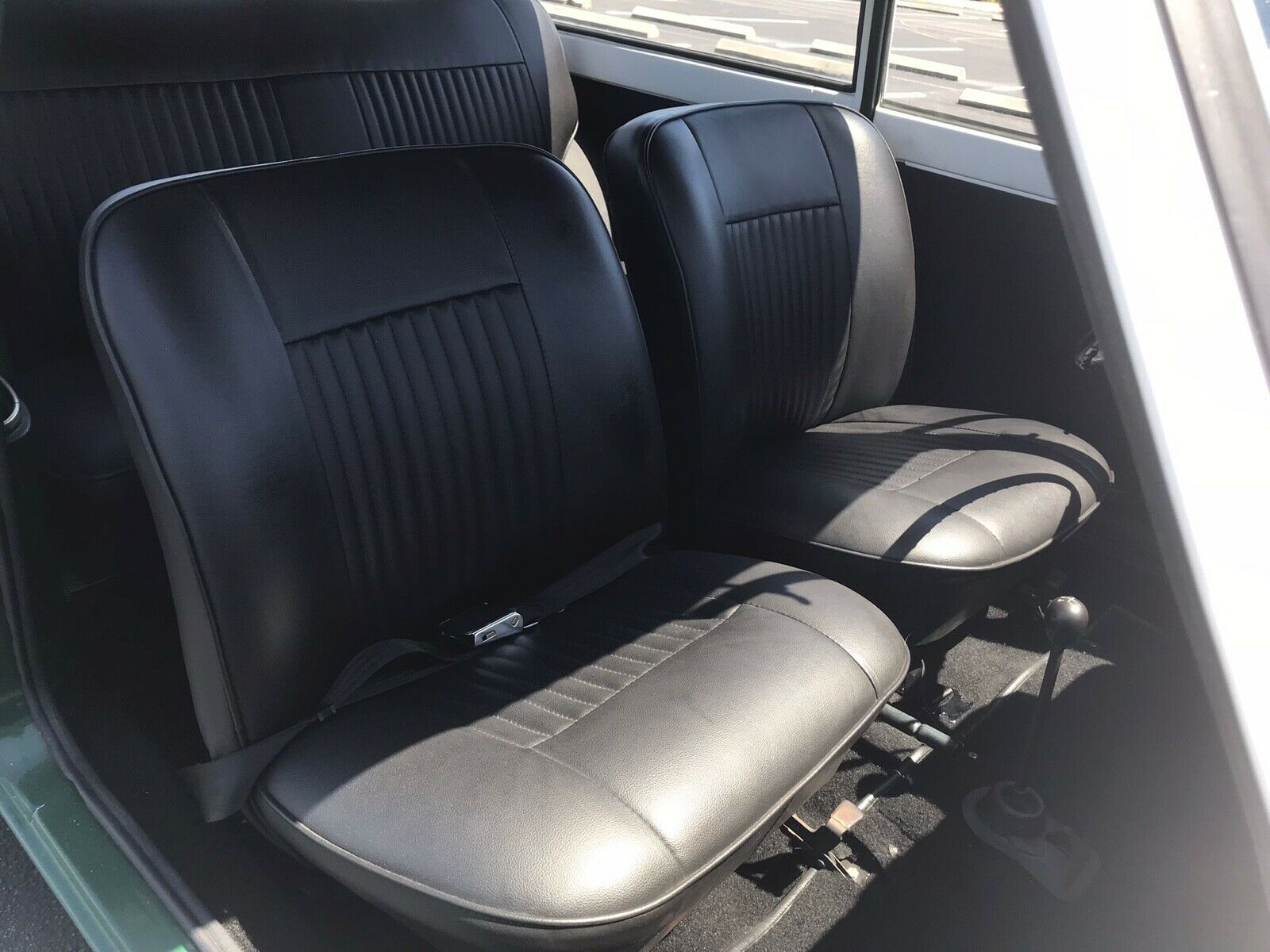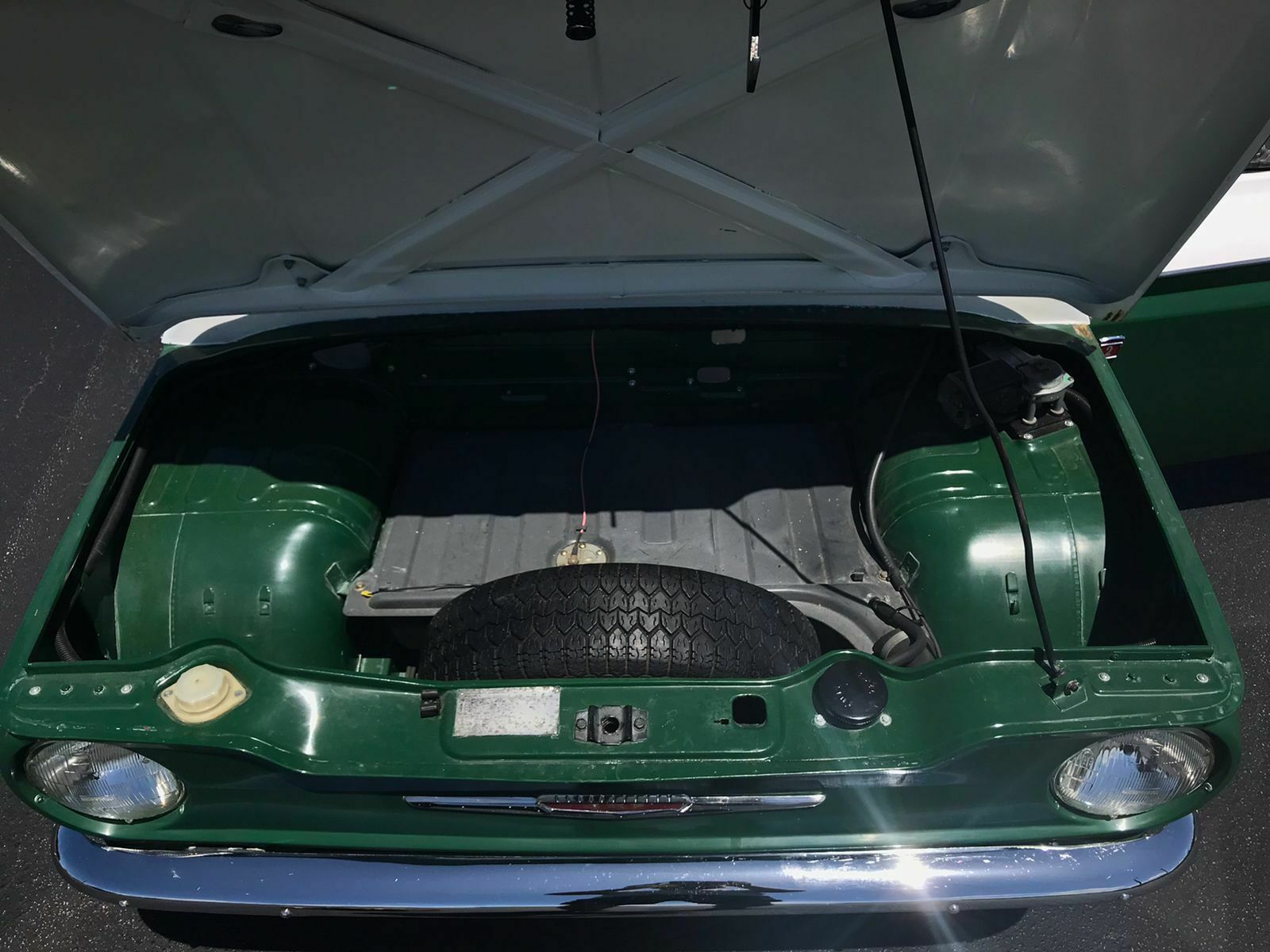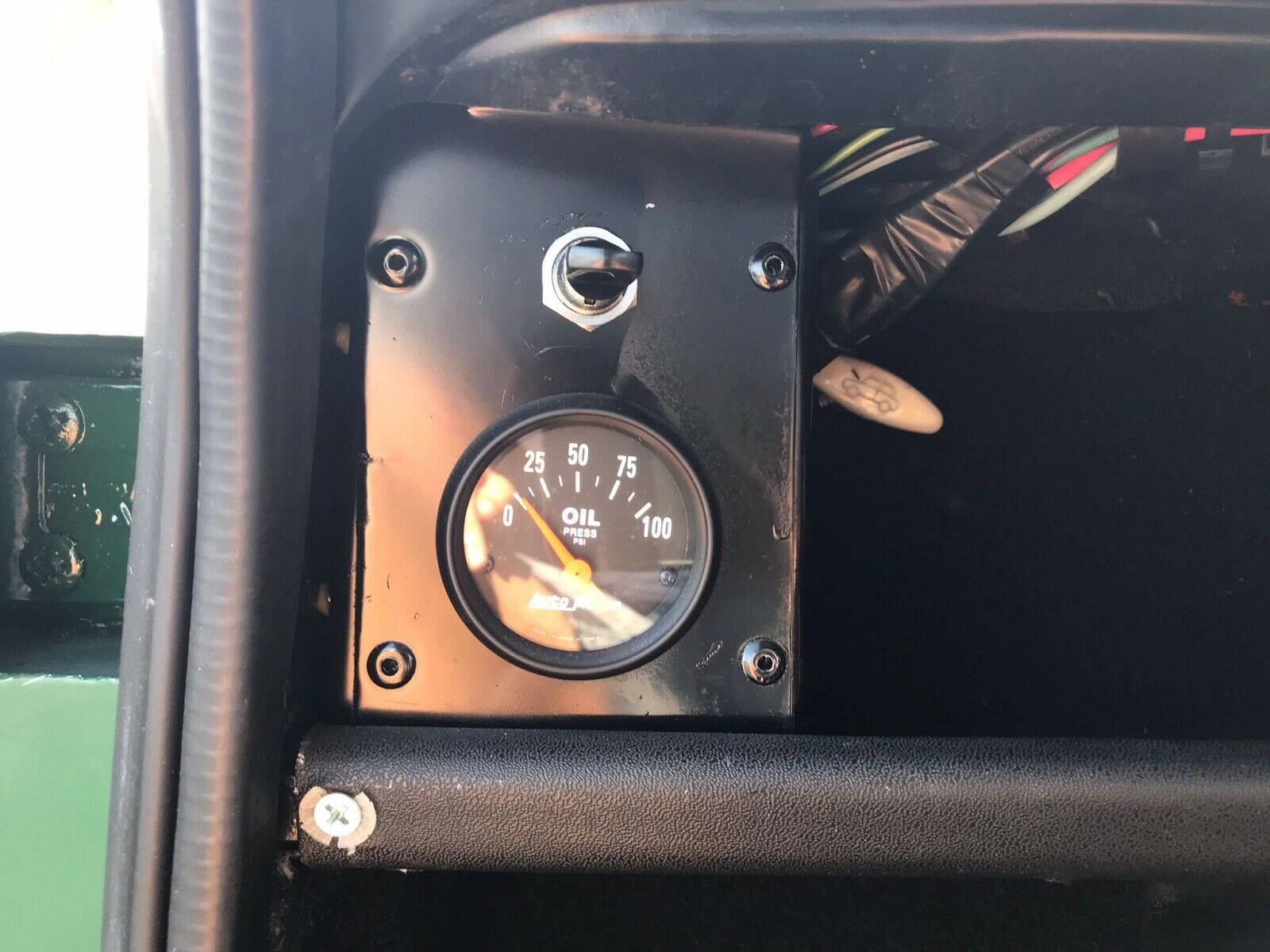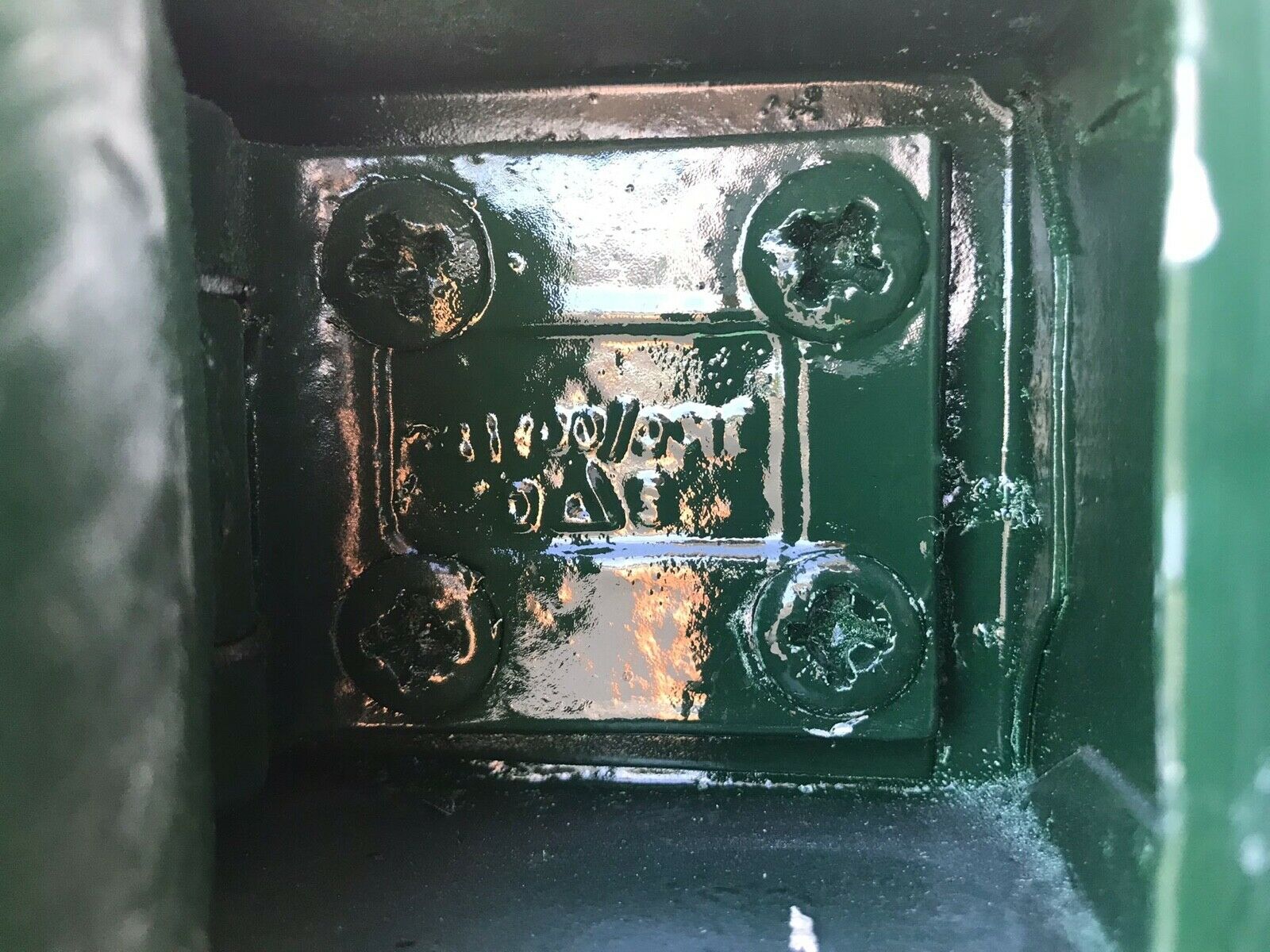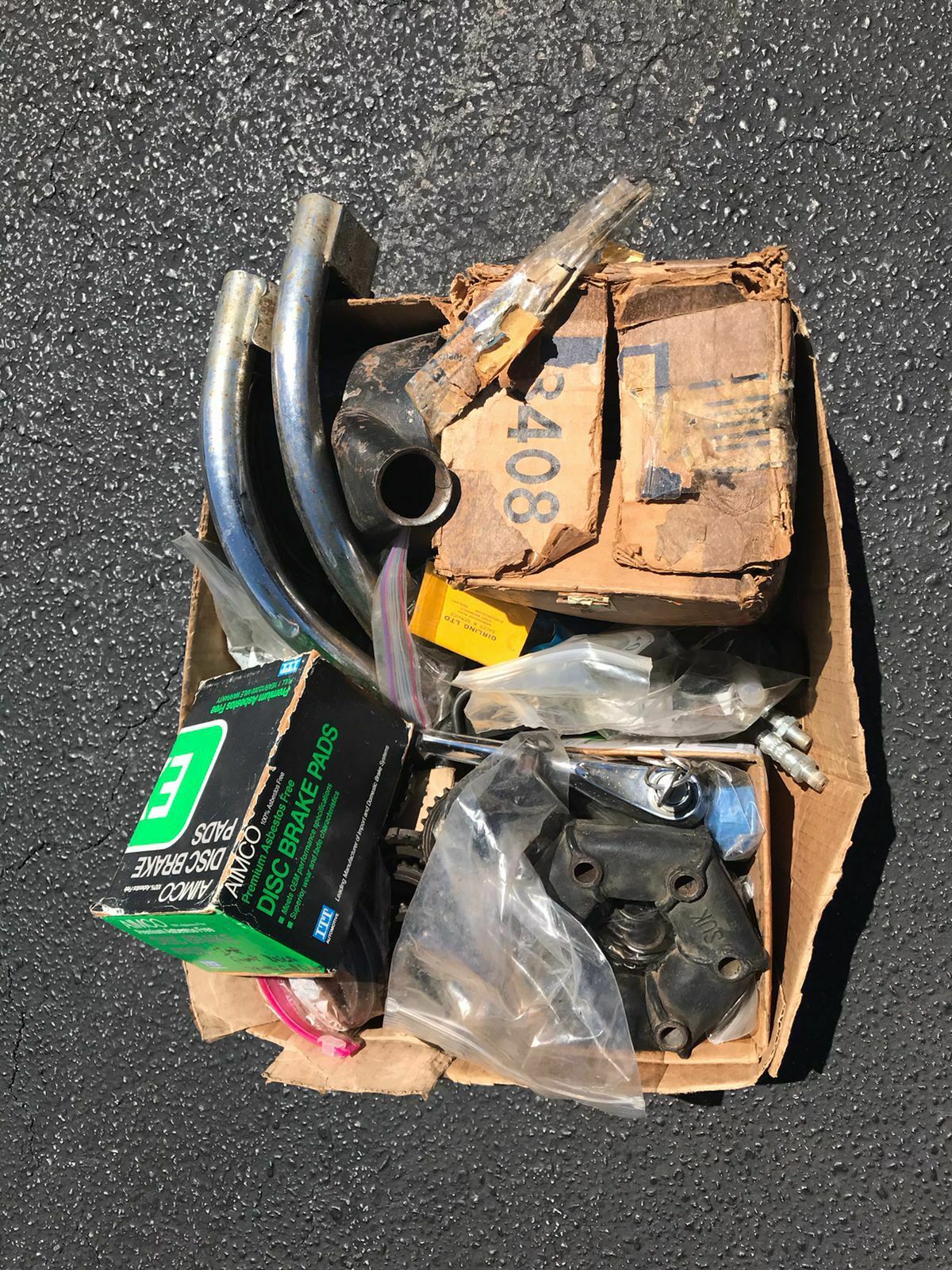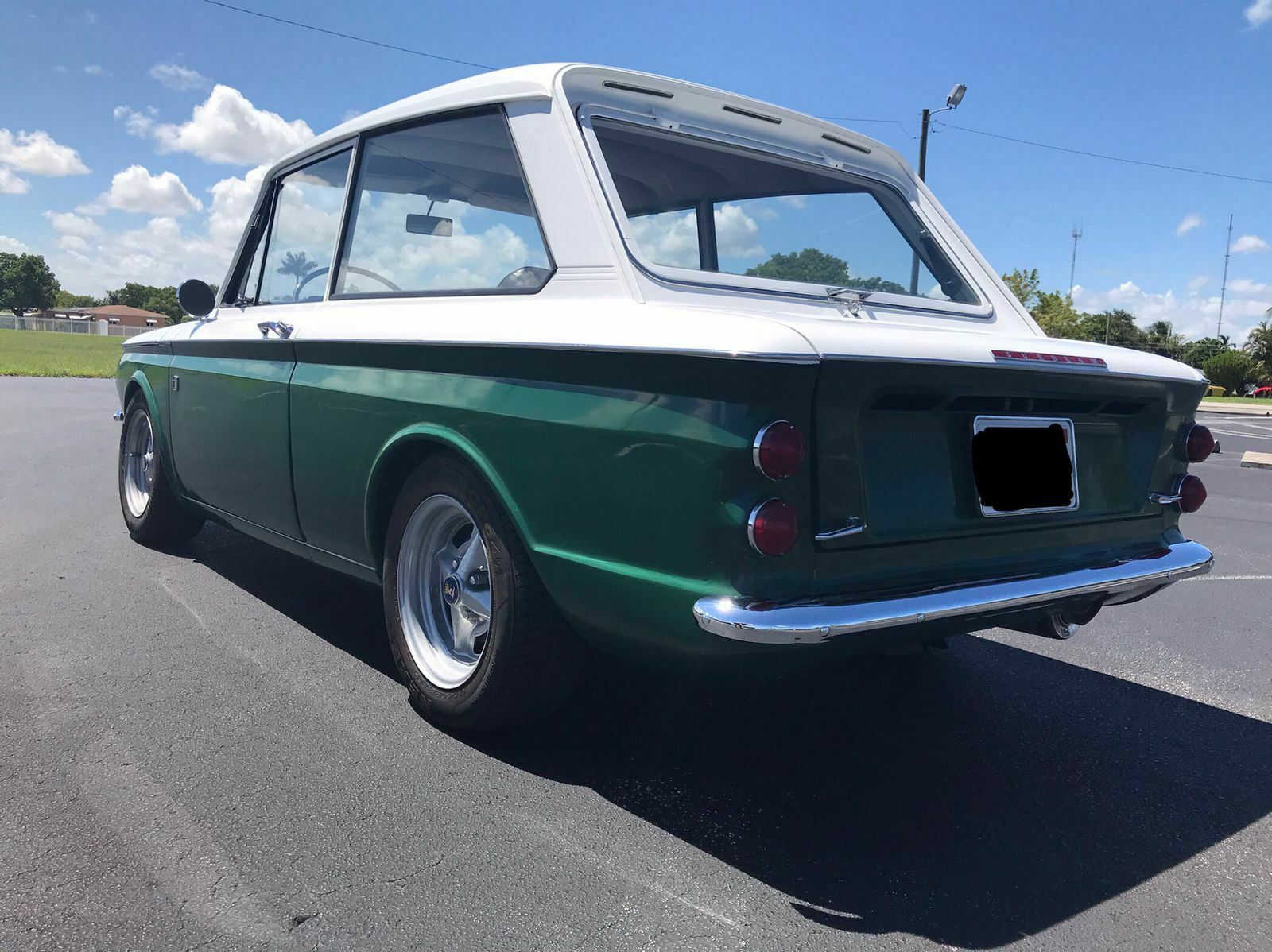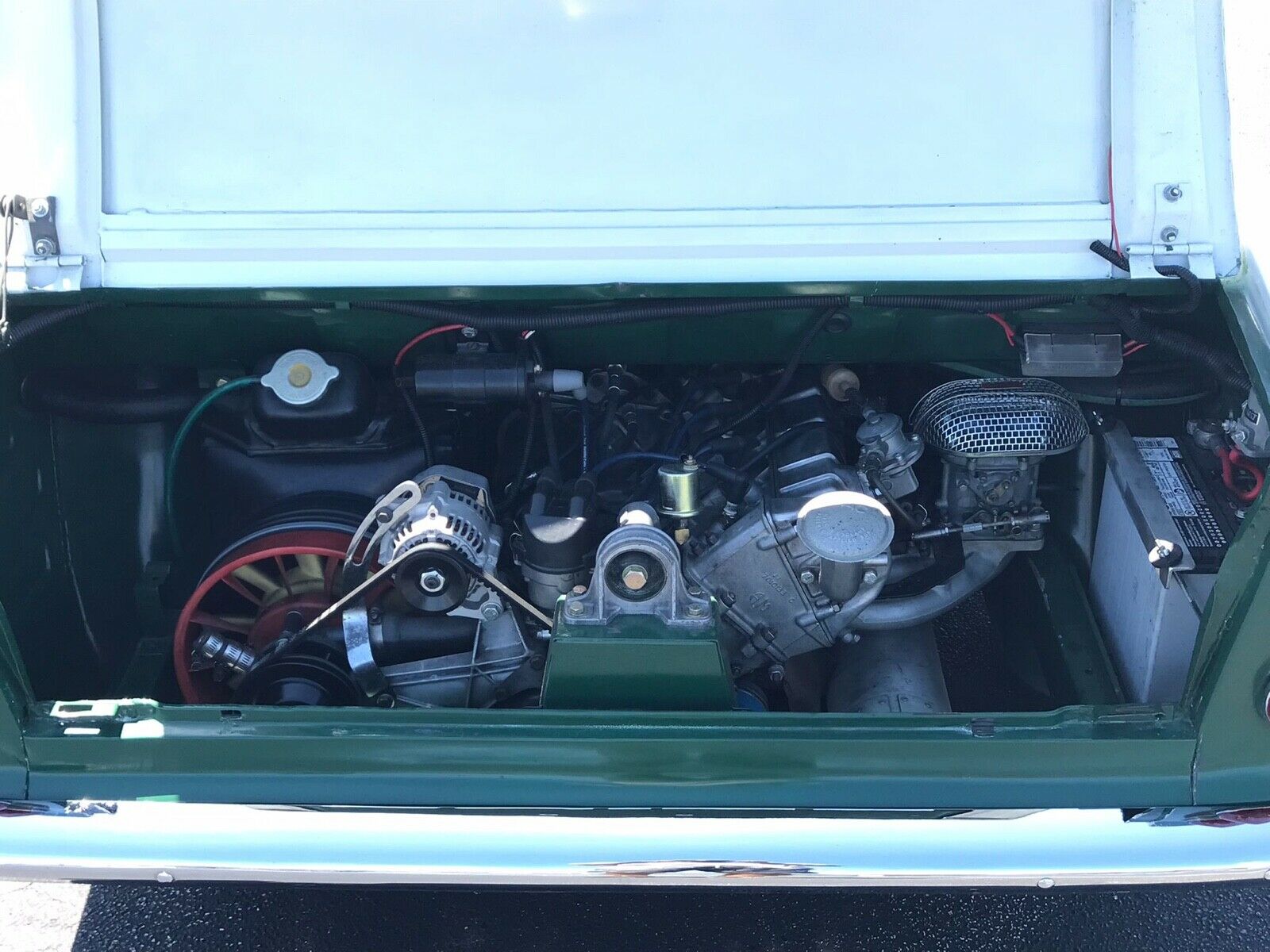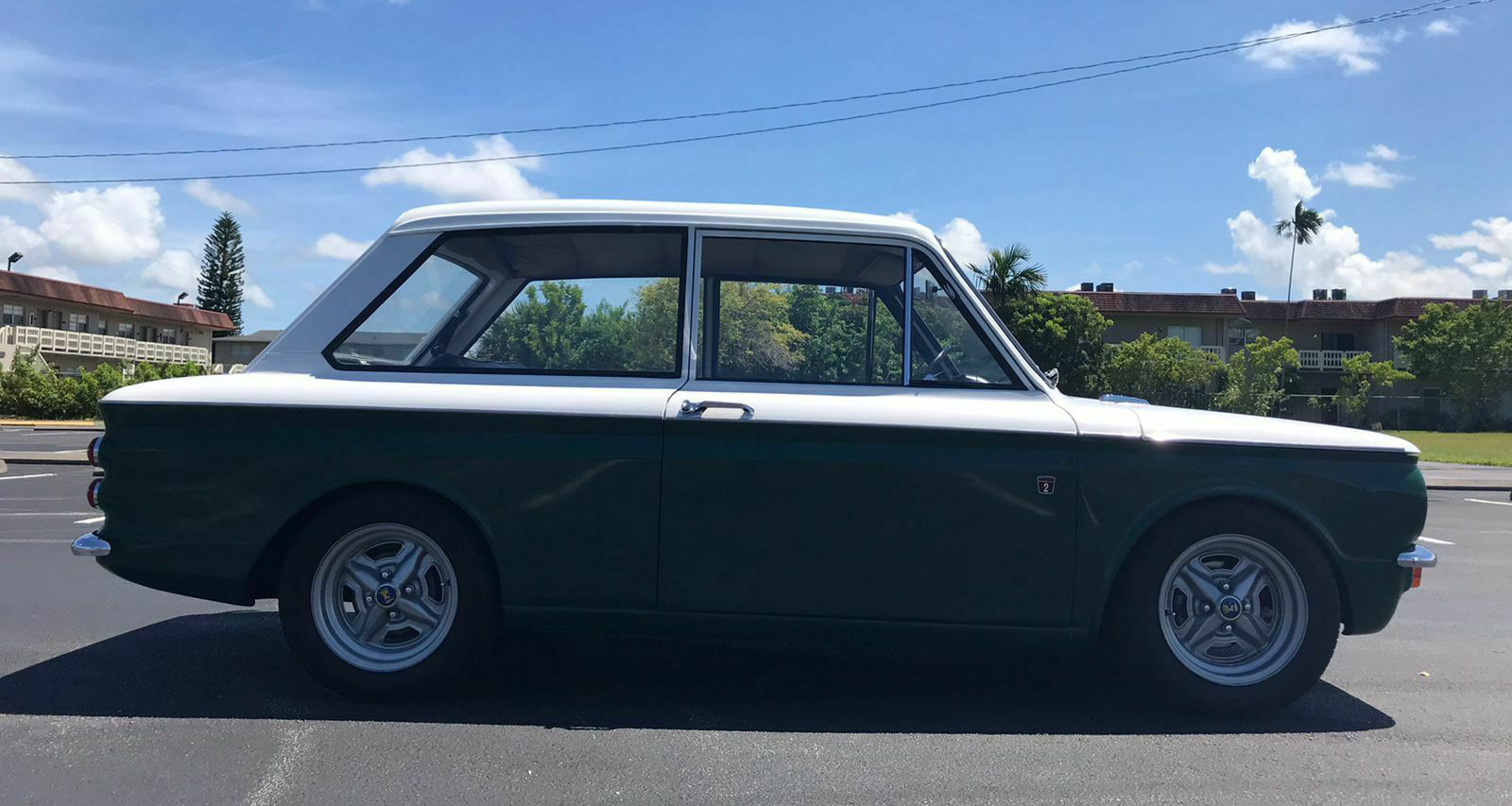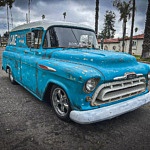This Hillman Imp in Miami, Fla., with a $17,000 Buy-It-Now price, is a rare car in the US. They’re more common in England, where they were a Mini competitor. But the tiny size and engine displacement doomed the Imp on the American market.
The Imp, like the Mini, was a brilliant design that made excellent use of available space. This example was fully restored, including an engine rebuild. And that was on top of only 26,000 miles on the odometer. Since being redone, the car has traveled very few miles, and all it needs now is a driver.
The seller says:
These are very rare little cars that are fantastic to drive and were hugely popular as race and rally competitors. It runs and drives beautifully, and there is nothing to do.
The Rootes Group, the British automaker, made slightly less than 500,000 Imps in plants all over the world—in the Philippines, Portugal, South Africa, Uruguay, and Venezuela.
A Quirky Collectible
Here’s the question: Should you own a Hillman Imp? Yes, you should—especially if you like quirky, innovative British cars.
Back in 1967, when this car was made, the Rootes Group was a going concern. The automaker was a well-known player in Britain. Collectors will know it because of the Sunbeam Alpine Tiger, a close cousin to the Shelby Cobra (also with Ford V-8 power and a Carroll Shelby connection). But the Alpine was a quality English sports car before Shelby breathed on it.
Shop now for Sunbeam carsThe Imp first appeared in 1963. It was the first British mass-produced car with a rear engine and the first to use a diaphragm spring clutch. The appeal of a fuel-efficient economy car was obvious because Britain was suffering through the Suez Crisis, and gas was rationed.
An Unlikely Rally Winner
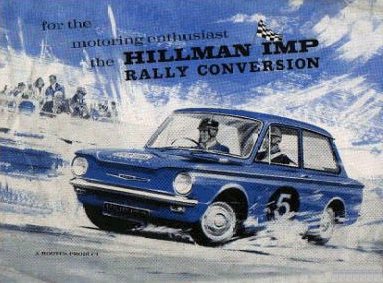
The Rallye version of the Imp almost doubled the horsepower.
Michael Parkes, later a Formula One driver, designed the Imp. Parkes managed the difficult feat of creating a good-looking small car that was entirely practical. Despite its abbreviated dimensions, it accommodated four passengers quite well.
There was luggage space under the hood (above the gas tank) and the rear hatch (above the engine cover). The rear passengers even had legroom.
The Imp’s modest engine managed to squeeze 37 horsepower out of a less-than-one-liter (875-cc, to be precise) aluminum block, with four cylinders (and two valves each). The driver took advantage of what power there was via a smooth-shifting, all-synchromesh four-speed manual transaxle.
Zero to 60 came up eventually, but the 1,479-pound weight gave it more oomph than you’d expect. And on economy runs, some drivers saw more than 50 miles per gallon.
Imps handled well and were very successful rally cars. Rosemary Smith won the Tulip Rally in one, circa 1965, and Imp driver Bill McGovern took the British Saloon Car Championships from 1970 to 1972.
These brilliant successes got the company more focused on competition—resulting in the special Imp Rallye edition. It had a 998-cc engine, achieved by boring the cylinders and re-sleeving the pistons. The engine used higher compression, twin Stromberg carbs, and a special exhaust manifold. The output was 65 horsepower, almost double a stock Imp.
Short-Lived Spin-Offs
The first Imps, the Mark I, cost just £508 when it came out. The car offered on eBay is a Mark II, with minor changes, including better suspension geometry and some appearance upgrades. There was a Mark III Imp, too, but by 1968, the Rootes Group was acquired by Chrysler, and the end was nigh.
Among other things, Chrysler promptly killed the Sunbeam Tiger—it wouldn’t do to have a Mopar product with a Ford engine. Some effort was made to sell Rootes products at Chrysler dealers, but it didn’t last long.
Hillman produced a coupe version called, optimistically, the Imp Californian, and a van, the Commer Imp. The station wagon was the Hillman Husky. And there were short-lived Singer Chamois and Sunbeam Sport versions.
A Hillman Imp could be an enjoyable collector car to take to shows and use on errands. And it would be easy to keep it in the corner of your garage. After all, it’s a tiny car.

